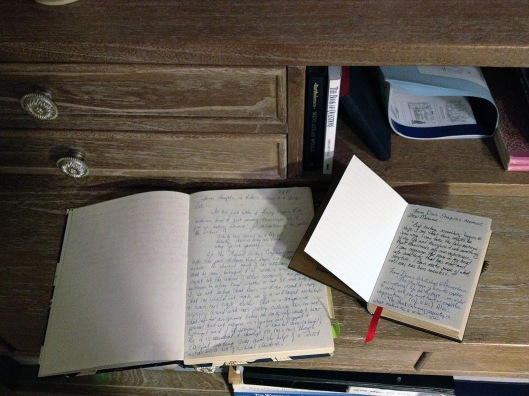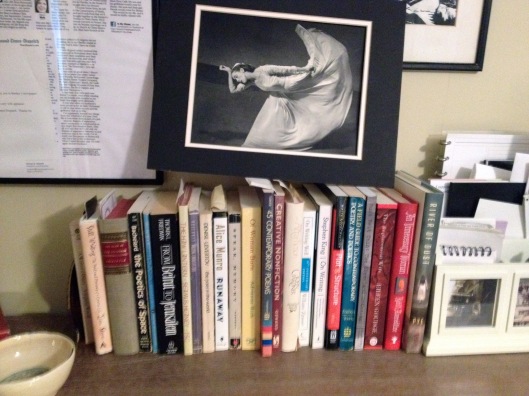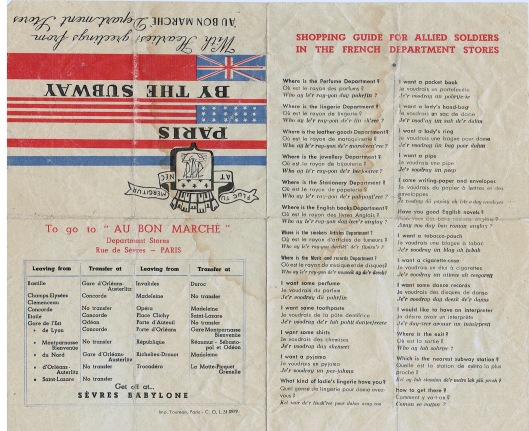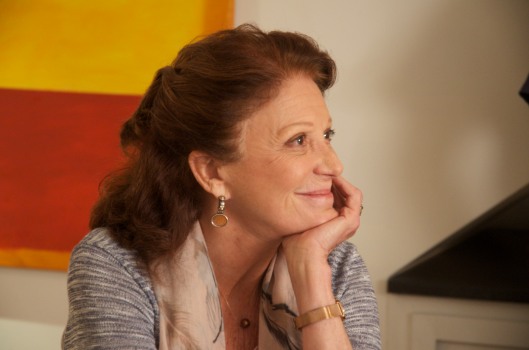My first blog post in a gabillion years

Dear Readers and Friends,
Remember me? You’d be forgiven if you don’t—it’s been a while. But much has happened in my life since we last met, and with your permission I’d like to catch you up with a quick by-the-numbers review.
Since my last post of December 24, 2014…
Number of months passed:
Fifty-five.
Number of freelance articles published in print:
Somewhere between fifteen and twenty. I’ve been writing articles for my hometown newspaper, The Chronicle-Telegram of Elyria, Ohio. More on that in a moment.
Number of wedding anniversaries celebrated with the Midlife Second Husband:
Four with one more coming up next month. (August 14, if you’d like to send a card.)
Number of grandchildren born:
Three. My son and his wife presented us with a beautiful grandson in 2015. A lovely granddaughter arrived two years later. And last October, my stepson and his wife had their first child, an adorable boy who looks just like my husband did as a baby.
Number of surgeries:
Two. One challenging and whopping big one and one slightly more pedestrian. I’ll spare you the details on the former (although I will tell you that thoracic surgery is not for the faint of heart). The latter was arthroscopic surgery of the knee. Those you at midlife or beyond can relate, I’m sure.
Number of moves:
One. We downsized from our large 1928 French Norman Revival in a westside, lakeside suburb of Cleveland and returned to Lorain County, where I was born and raised. We bought a sweet home in Avon that’s all on one level and has a gorgeous backyard. See?

Number of trips taken:
Two. We traveled to Sanibel Island in 2016 and in 2018 we drove to South Carolina, visiting Charleston and Kiawah Island.
Number of hurricanes experienced and evacuations survived as a result:
One. We were booted off the island in South Carolina by Hurricane Florence and had to make our way north. We made the best of it and visited friends in our old neighborhood in Richmond, Virginia.
Number of writing awards won:
Two. In 2018 and in 2019, I was honored with third and second place, respectively, in the “Best in Ohio Freelance Writer” category under the auspices of the All Ohio Excellence in Journalism awards, which are administered by the Press Club of Cleveland.

Number of fractures:
Zero. Hooray and knock on wood.
Now there is one more number I should share with you, and it’s pretty significant.
Number of books written:
One. One book, friends, picked up by a bona fide publisher. It’s not the book I originally set out to write, but it seems as though it’s the book I needed to write. Looking Back at Elyria: A Midwest City at Midcentury, is forthcoming from The History Press, an imprint of Arcadia Publishing, this November.
Looking Back combines elements of journalism, historical research, and memoir, and I think it captures a time when a typical American city was poised on the bridge between innocence and experience. Based on many of the articles that I’ve written for The Chronicle-Telegram, including an ongoing feature series called “Look Back, Elyria,” the book is a love letter to my hometown.
Which brings me to why I’m writing you now, after all this time.
I expect that this blog, as found on this WordPress site, will be going away in the months to come. I am at work archiving my favorite posts on my new site, www.marcirich.com.
If you would like to stay connected with me, please click on the link to that site and send me a note via the Contact tab at the top navigation bar. If you send me your current email address, I will add you to the distribution list for updates concerning my book and other writing news and pursuits. I have two other books in the works, actually. And who knows? Maybe someone will want to publish a book called The Midlife Second Wife. This way you’ll get in on the ground floor.
Thank you for being along for the ride from the beginning, way back in 2011 when I started this blog in Richmond, Virginia, and through all points in between. It’s been an amazing ride. But then life usually is, isn’t it?
Don’t forget: www.marcirich.com. Send me a note with your email address, and you won’t miss a thing.
Love,
Marci
















